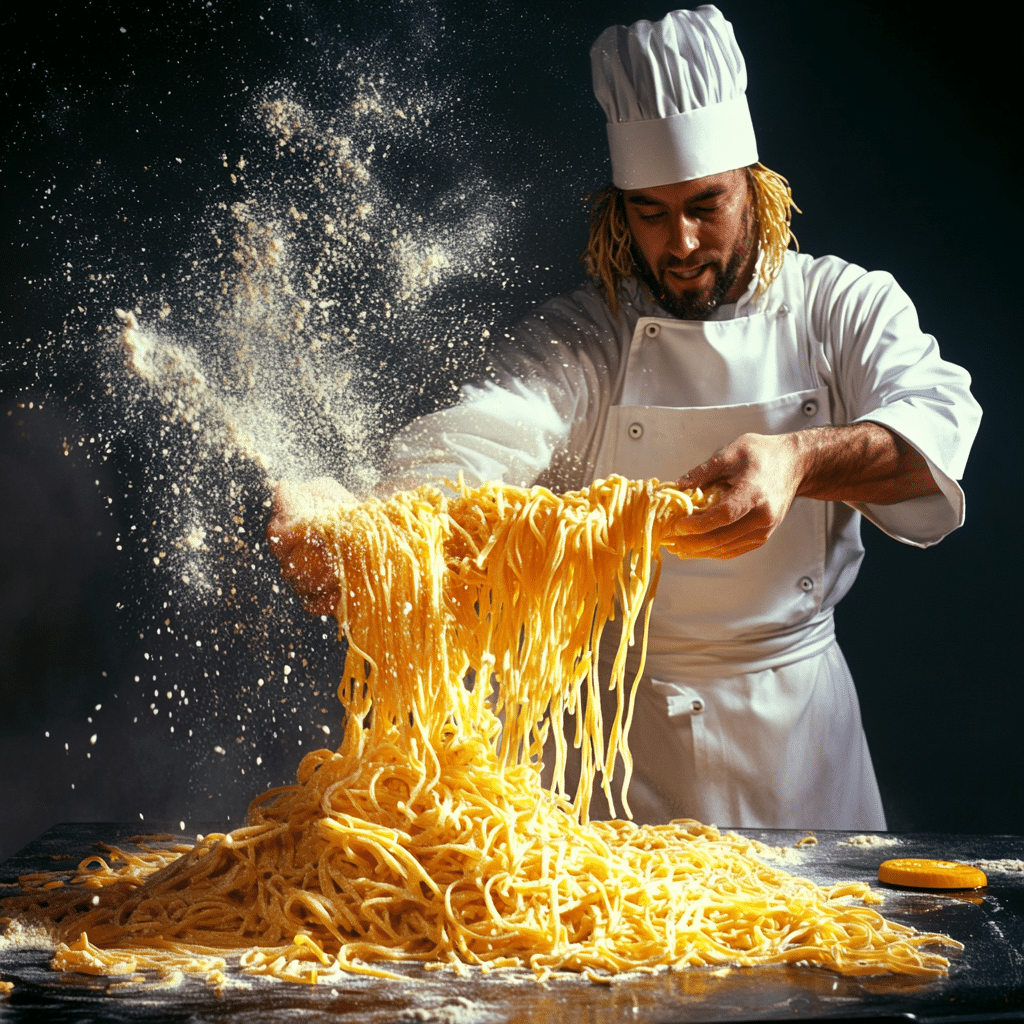Pasta is a universal comfort food, yet even seasoned cooks often make mistakes that can ruin the dish. By identifying what not to do when making pasta, you can elevate your cooking game and create meals worthy of praise. Whether it’s about achieving the perfect “al dente” texture or understanding the role of pasta water, these tips will ensure you avoid common blunders.
1. Avoid Tossing Pasta into Cold Water
A crucial rule in pasta making is to start with boiling water. Adding pasta to cold or lukewarm water results in uneven cooking and improper salt absorption. Here’s why:
- Pasta absorbs water unevenly, impacting texture.
- Salt dissolves better at higher temperatures, enhancing flavor.
If you’re short on time, keep the pot covered to speed up the boiling process. For more creative pasta ideas, check out this guide on making your pasta more interesting.
2. Don’t Underestimate the Importance of Salt
Adding the right amount of salt is non-negotiable. A simple guideline is to use 10 grams of salt per liter of water. Adjust based on your sauce choice:
- Savory sauces like Puttanesca may require less salt.
- Mild sauces pair best with a properly salted base.
For an Italian twist, consider experimenting with sauce recipes from this guide to popular pasta dishes.
3. Never Use a Small Pot
Pasta needs space to cook evenly. Using a small pot can lead to:
- Sticky clumps of pasta.
- Uneven cooking due to limited water circulation.
The rule of thumb is 1 liter of water per 100 grams of pasta. Long pasta like fettuccine or spaghetti benefits from tall pots to prevent breakage.
4. Don’t Overcook the Pasta
Overcooked pasta loses its ideal “al dente” texture. Here’s how to avoid this mistake:
- Follow the cooking time on the packaging.
- Taste-test the pasta in the final minutes of cooking.
- If you plan to toss it in the sauce, drain it a minute or two early.
5. Don’t Drain Pasta Completely
Throwing away pasta water is a missed opportunity. The starchy water acts as a natural thickener for sauces, helping to:
- Bind the sauce to the pasta.
- Add a velvety texture to the dish.
Save at least a cup of the water before draining your pasta.
Advanced Tips
Pairing Pasta and Sauces Correctly
Matching pasta shapes to sauces ensures optimal flavor distribution. For instance:
- Penne works well with chunky sauces like arrabbiata.
- Spaghetti is perfect for oil-based sauces.
If you’re unsure, explore how sauce complements different pasta shapes.
Don’t Rinse Cooked Pasta
Rinsing removes starch, which is essential for sauce adhesion. Exceptions include:
- Pasta salads.
- Cold noodle dishes.
Mastering pasta-making requires attention to detail. By avoiding these common mistakes, you’ll create dishes that rival any Italian restaurant. Pair these techniques with insights from trusted resources like Rivacover’s pasta recipes to broaden your culinary expertise.
With the right techniques and a little creativity, every plate of pasta can become a masterpiece!

